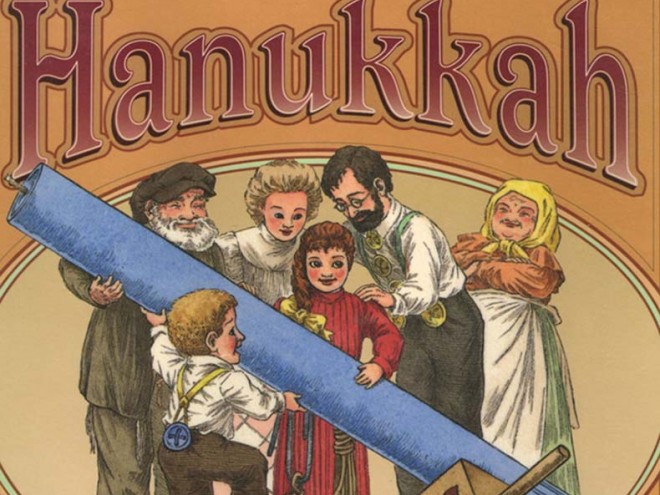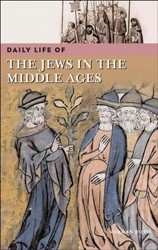The Menorah: From the Bible to Modern Israel traces the history of one of Judaism’s, and perhaps humanity’s, most significant religious symbols. Steven Fine, a professor of history at Yeshiva University, explains how the image of the menorah has been interpreted, reinterpreted, appropriated, and misappropriated through history. The book also includes illustrations throughout that support Fine’s well written text.
Beginning with writings from antiquity, including the Bible and Josephus, Fine explores both the form and the fate of the original menorah, which was taken by the Romans during the destruction of Jerusalem. In the search for the original, he concludes with the recognition that “it is a history written in texts and in artifacts, with many, many holes in our knowledge along the way”; the reproduction of the menorah on the Arch of Titus and its display in Vespasian’s Temple of Peace is where the trail runs cold.
The second chapter, which covers the period between Flavian Rome and the nineteenth century, discusses how the Jewish, Christian, and Muslim communities incorporated the menorah into their iconography. For example, the Jews utilized the image of the menorah in synagogue mosaics and Jewish ritual objects, while Christian communities often fabricated a likeness of the menorah for churches across Europe, using the menorah as a means of validating Christianity in connecting it to its Jewish beginnings.
The third and fourth chapters of The Menorah consider the use of the menorah in the Modern Period, serving “the Jewish body politic in Palestine and internationally.” Examples include the menorah’s incorporation into the work of Bezalel artists, the insignia worn by soldiers of the Jewish Legion, and the Zionist movement’s rhetoric, art, and literature both pre- and post- World War II and in the establishment of the State of Israel.
“A Jewish Holy Grail,” the fifth chapter, traces the timeless quest to recover the lost artifacts of the Temple in Jerusalem, and the menorah in particular. Fine’s discussion traces this quest from its biblical origins to modernity, and includes examples from literature and film. “The menorah, the preeminent symbol of Judaism turned symbol of an old-new Jewish modernity, enlightenment, and, ultimately, the Jewish state, continues to inspire the imagination and the desire for physical contact with biblical reality,” writes Fine. Chapters six and seven consider the myth that the menorah is still hidden in the Vatican and how it has been used as a symbol of the apocalypse, of protest, and of Messianism to the present day.
Concluding on a personal note, the author shares that “this has been a personal history — the history of my own search to understand the menorah, and my attempt at using the tools of my discipline to make sense of my beloved lampstand for our own complicated times.” While the average reader will be familiar with some of the menorah’s transfigurations over the millennia, Fine sheds lights on the nuances of these transformations and illuminates us with historical anecdotes that both educate and entertain. The Menorah is a valuable read for historian and lay reader alike.





